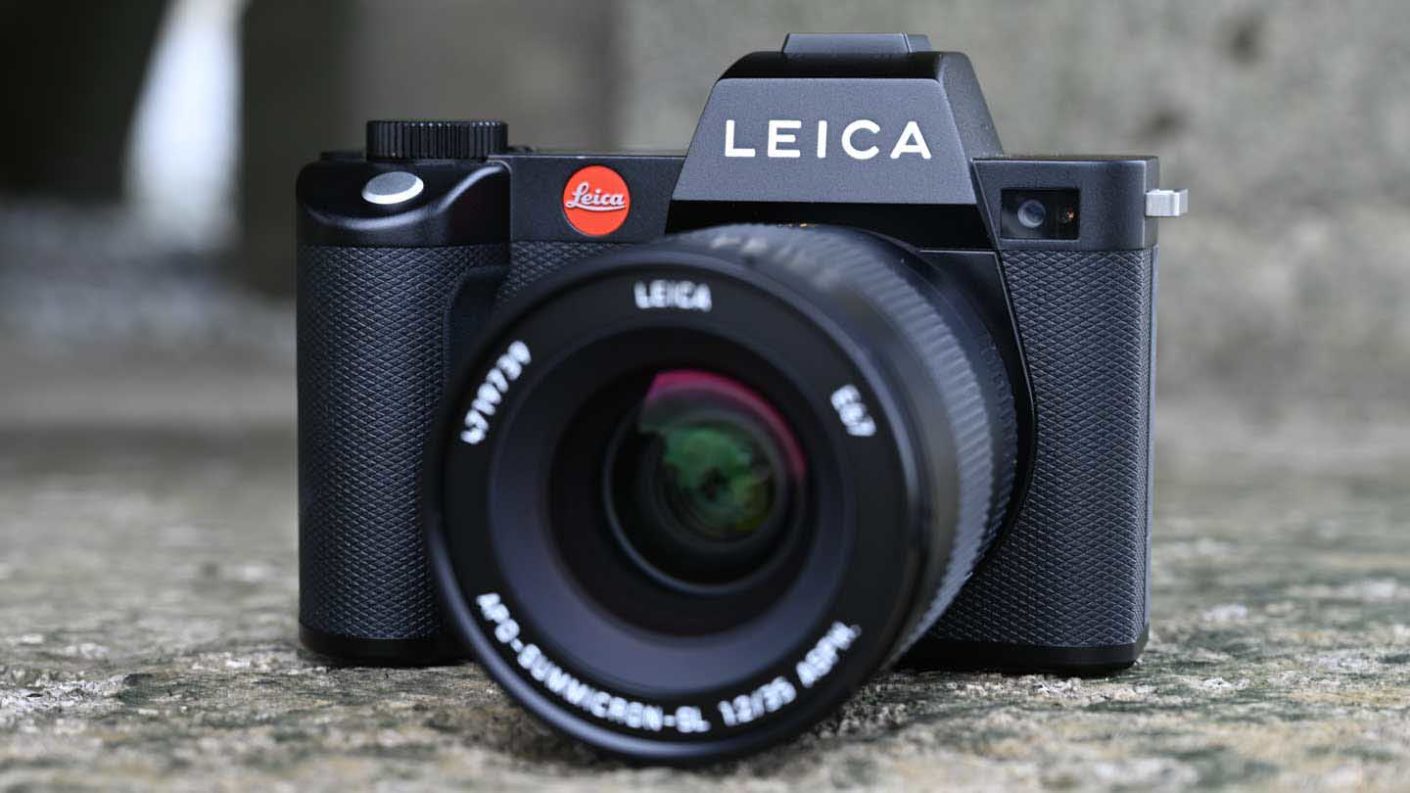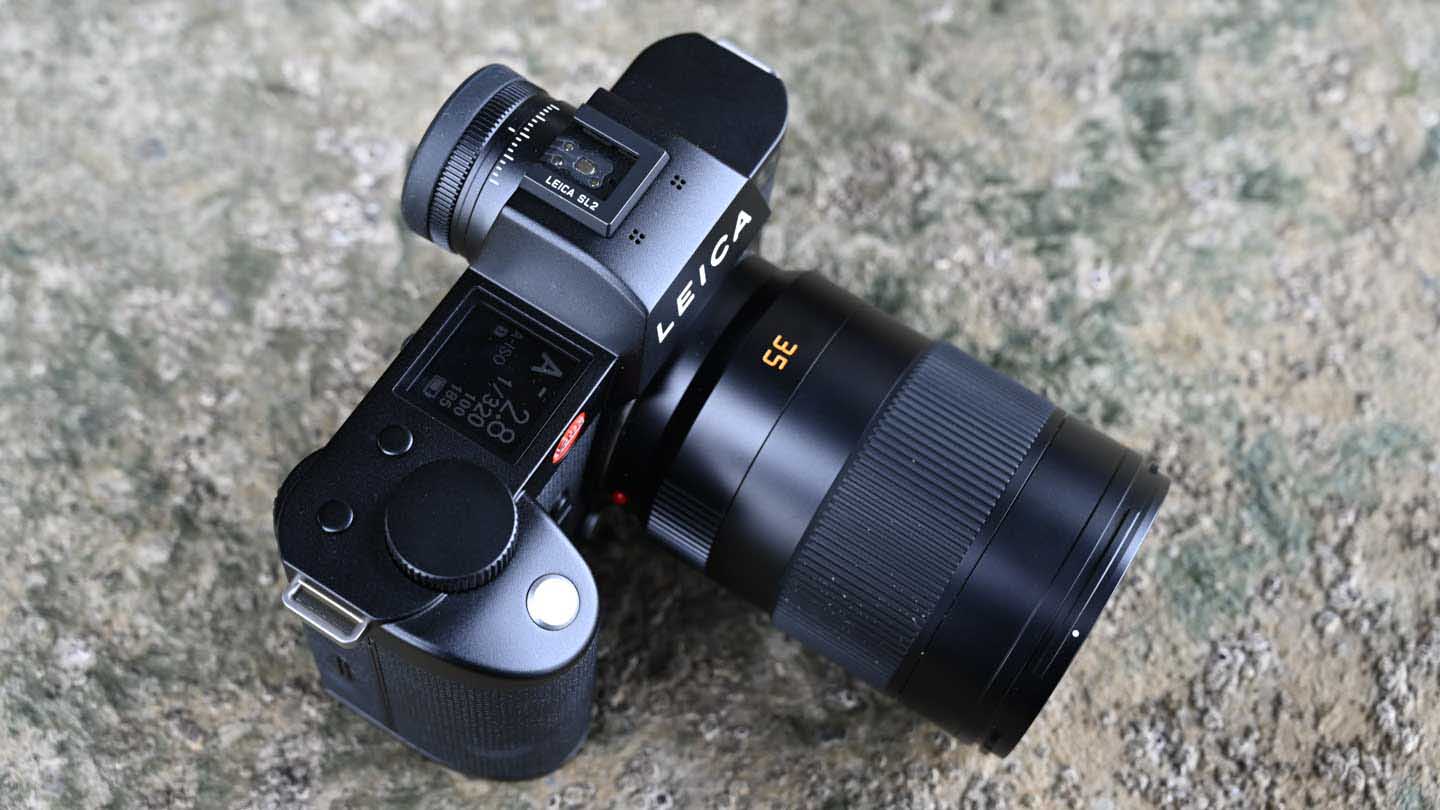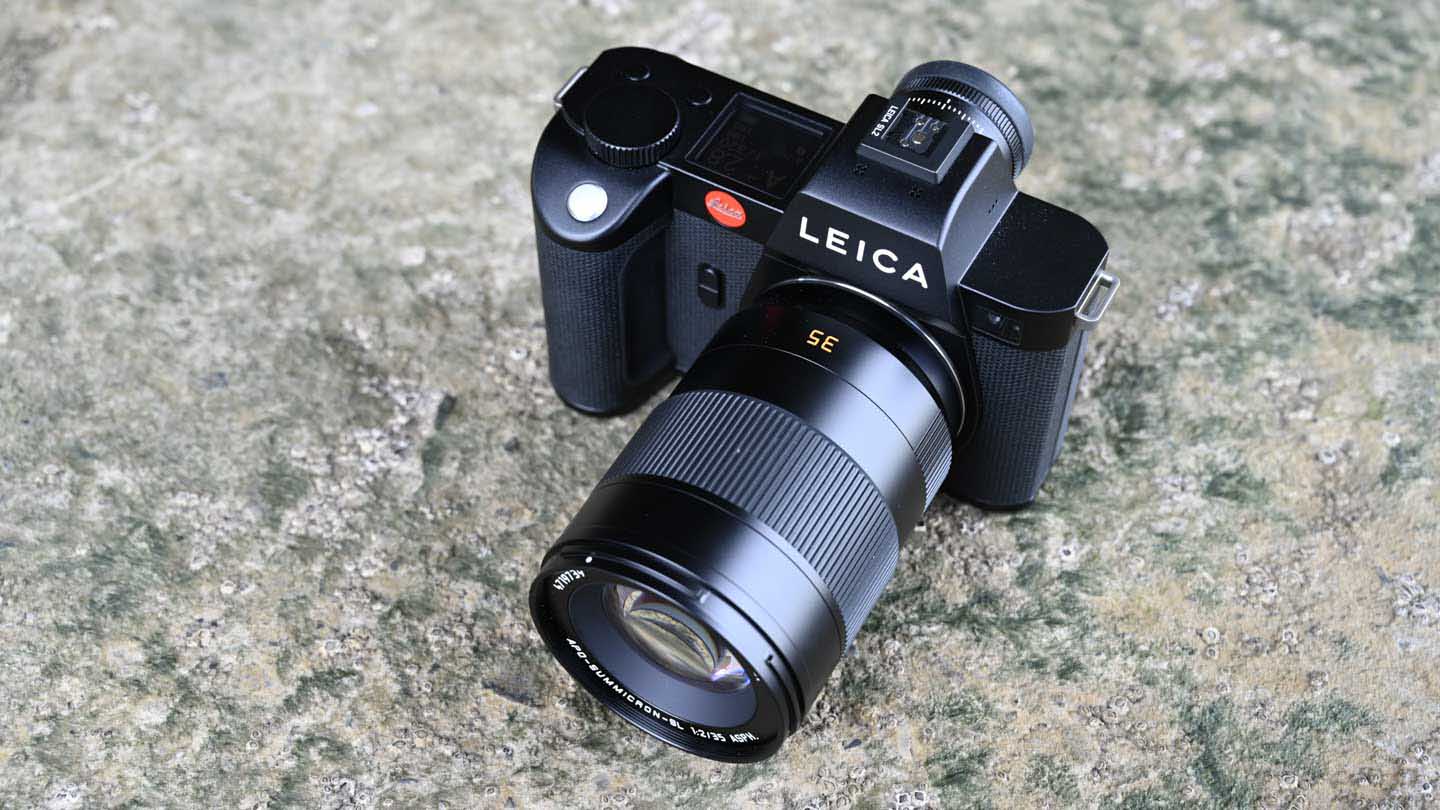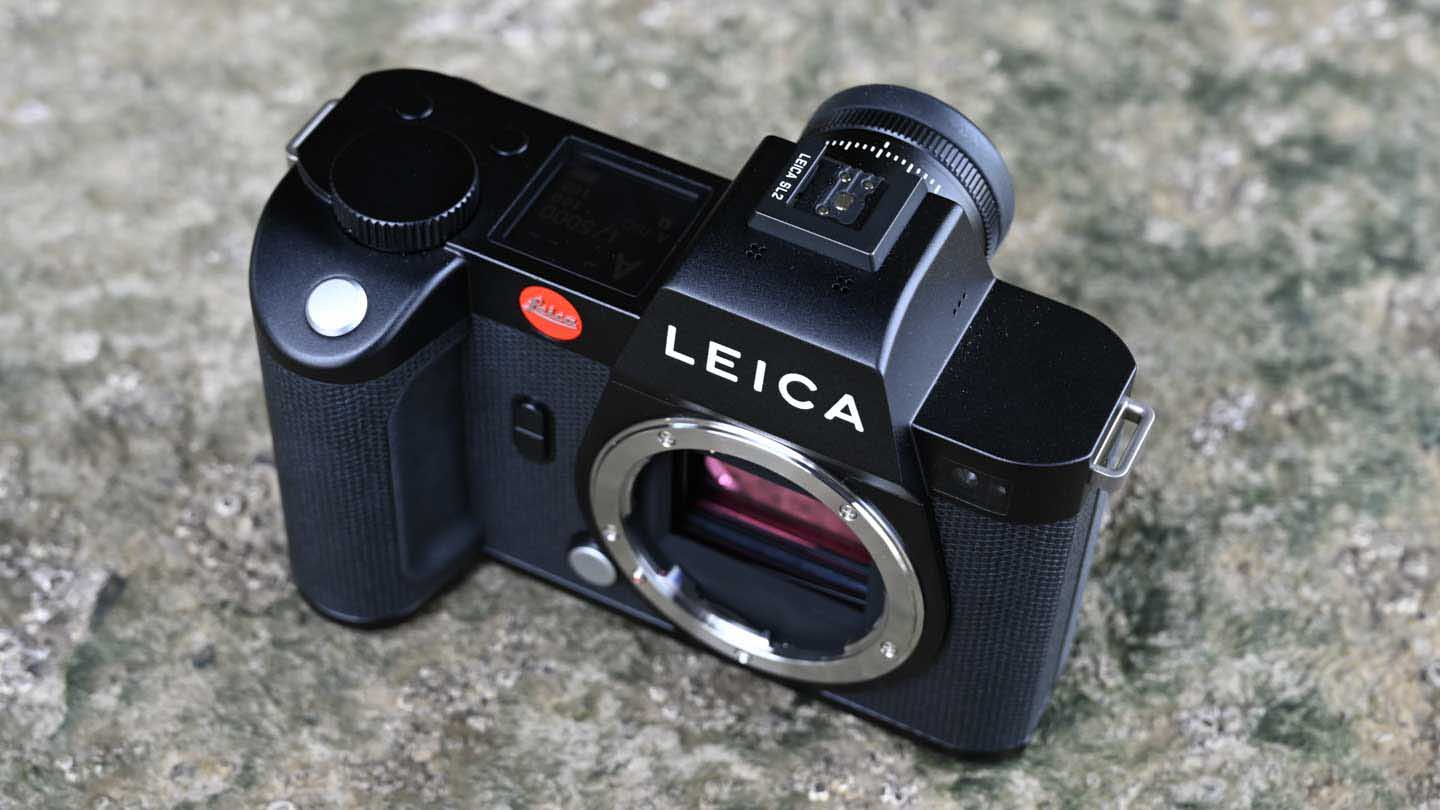Snap Verdict
Almost by definition, any Leica is a niche product. A £5300 (body only) SL2 is perhaps even more niche. It brings some excellent features, but most of them are available elsewhere at a much more affordable price. Still, if you want the best of the best and can afford the premium that the red dot attracts, it’s worth considering.
Leica SL2 Price & Availability
Naturally, as a Leica, the SL2 commands a high price tag. It’s due to retail for around £5,300 body only when it goes on sale, meaning you’ll also need to factor in additional funds for at least one lens (if you don’t already have some).
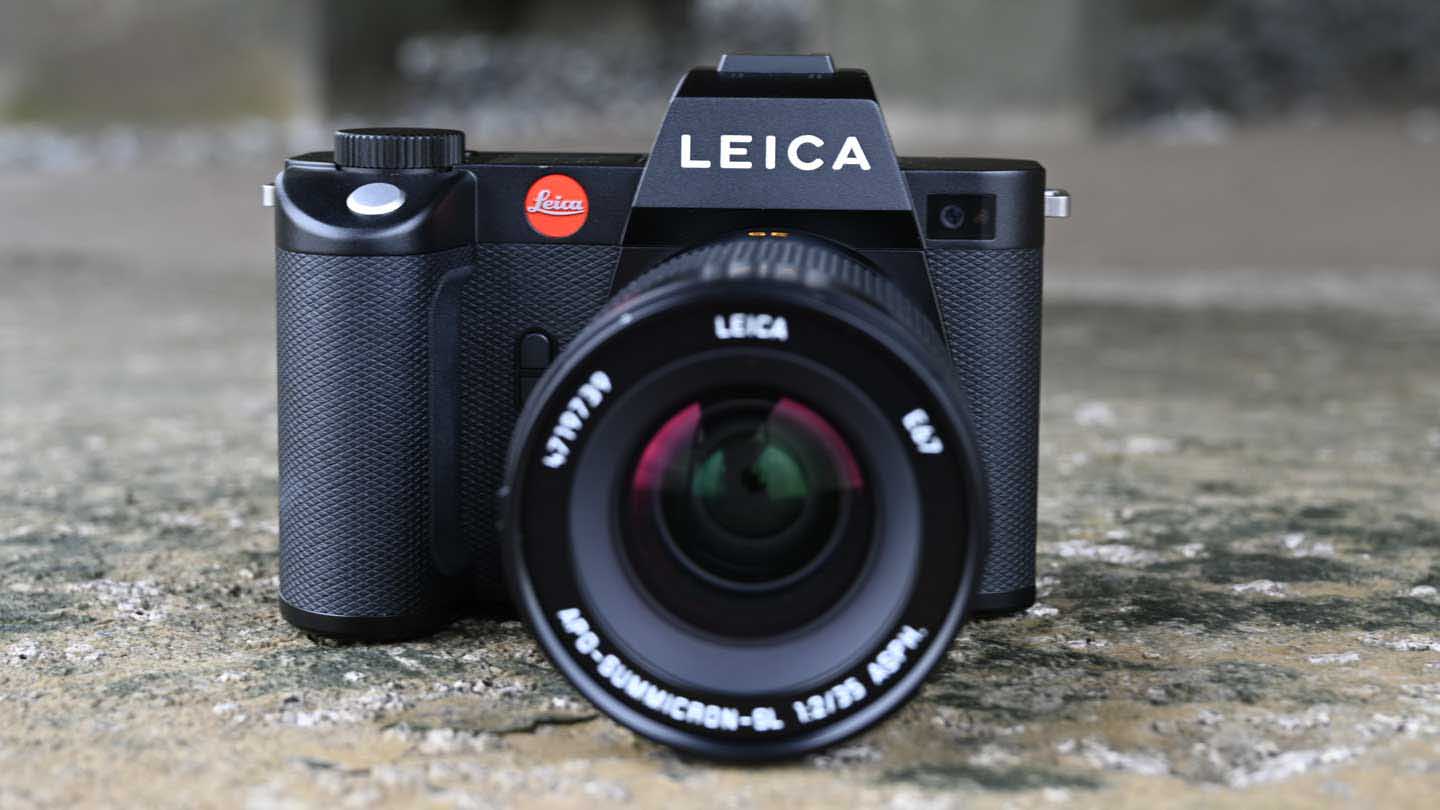
Features
The Leica SL2 follows on from the SL, which was first announced in 2015. It’s a full-frame mirrorless camera, which uses the L mount. Thus has since been adopted by the “L Mount alliance” between Leica, Panasonic and Sigma.
In terms of the overall design, Leica has kept the size and weight of the SL2 very similar to its predecessor. Howver, there have been a significant number of changes under the hood, as well as some changes to button design and layout (see the build and handling section).
At the heart of the SL2 is a 46.7 million pixel sensor, which makes it very close to the 47.3 million pixel sensor of the Panasonic S1R (which also has the L Mount). Thanks to the Sony A7R IV, it’s not the highest resolution sensor in the mirrorless market, but it’s still much higher than most – and almost double the resolution of the 24 million pixel SL.
A new processor, a Maestro III, makes its debut in the Leica SL2. It’s needed to facilitate other new features including improvements to video recording, 20fps shooting via the electronic shutter and a new Multishot mode (which is not available from launch, but will come with a firmware upgrade later in the year).
The 3.2-inch screen is larger and higher resolution than the predecessor, at 2.1m-dots, while a 5.76m-dot viewfinder is class-leading.
Other Features
Some other features of note include Dual SD card slots which are both UHS-II compatible, direct headphone and microphone sockets, a USB-C port for USB charging and 5-axis in-body image stabilisation, which is another first for Leica.
Video
Video is another area which has seen some dramatic upgrades from the previous generation – unsurprisingly given how much development has been made in this area since 2015.
The SL2 is capable of recording 5K/30fps in the MOV mode, or 4K/60fps when shooting MP4 files. Professional videographers will also be pleased to note that it can shoot 4K 30fps 4:2:2 directly in camera, or at 60fps via an external recorder.
A nice touch is that when shooting in Cine mode, all the terminology which appears on the camera changes to movie recording equivalents, so f stops become t stops, ISO becomes ASA, and shutter speed becomes shutter angle.
Build and Handling
Although the physical size and dimensions of the SL2 are very similar to the original SL, Leica has reworked the construction of the camera slightly to make it more pleasant to hold. For example, there is a recess in the camera grip where your fingers sit to make the hold feel more secure.
The back of the camera sees a fairly extensive reworking, with Leica aiming to make the SL2 similar to other models in its line-up, such as the Leica Q2 or the Leica M10. To that end it’s a fairly simple setup, with just three buttons next to the touchscreen. Also on the back you’ll find a joystick, and another scrolling dial which changes function depending on the shooting mode you’re in (for example, adjusting aperture in aperture priority). The on/off switch is found to the left of the electronic viewfinder.
Unlike many other cameras where all of the buttons are gathered together on the right-hand side for easy one-handed operation, you’re going to need to hold the camera with both hands to make most settings changes with the SL2.
On the top of the camera, there’s an LCD screen which shows you some key settings, plus two customisable buttons and a dial can also be customised to suit your particular preferences (for example, adjusting ISO). Two new customisable buttons are found on the front of the camera, just next to the lens mount as well.
At 875g (body only, without a battery), this is one of the heaviest mirrorless cameras on the market. I’ve been using with the 35mm f/2 lens, which is also fairly bulky at 750g – in short, this is not a camera I’d recommend for those with concerns about travelling light.
There are two memory card (SD) slots – just like the SL. However, an improvement comes from the fact that both of them support the faster UHS-II format, which is useful for some of the high-speed functions of the camera, such as 4K/5K video recording and fast frame rates.
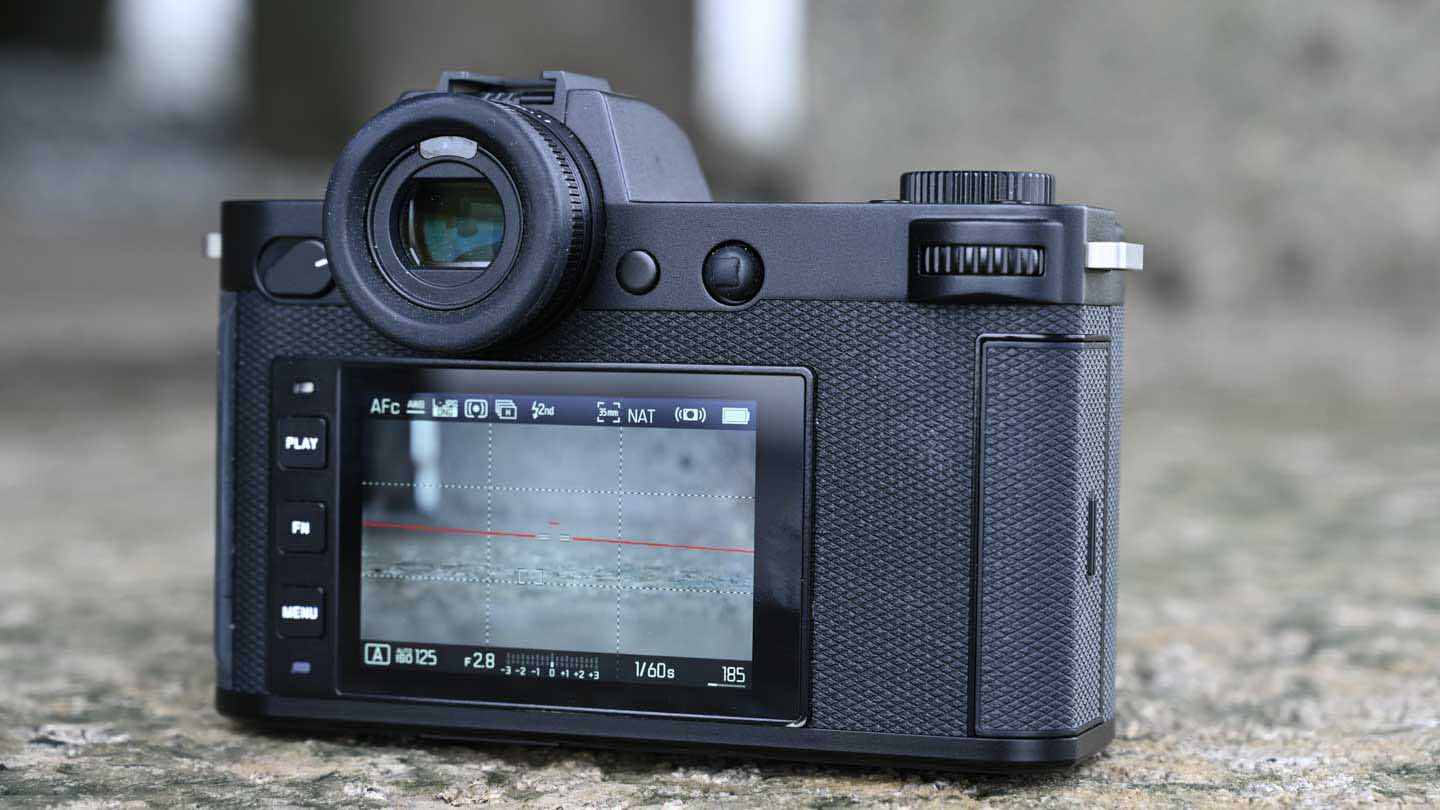
Screen
The 2.1m-dot screen is a fixed device. Not being tilted or articulated isn’t very helpful for shooting from awkward angles, but on the plus side it is bright and sharp.
Further good news is that it’s great for changing settings. It uses “haptic touch” for certain settings – such as holding down your finger on the screen to change the focus point size, so it’s quite similar to using something like the iPhone 11 Pro.
Pressing the “menu” button just once will bring up a sort of quick menu, with direct access to a number of key settings, such as AF type, ISO, shooting mode and so on. If you press the menu button again, you’ll be taken into a deeper menu with further, less commonly used, options. This second menu can’t be navigated via touch, and instead requires the joystick and/or the scrolling dial.
It’s worth noting that the quick menu can also be navigated by using physical control buttons too, which is helpful when you’re wearing gloves (or indeed if you just prefer to work that way).
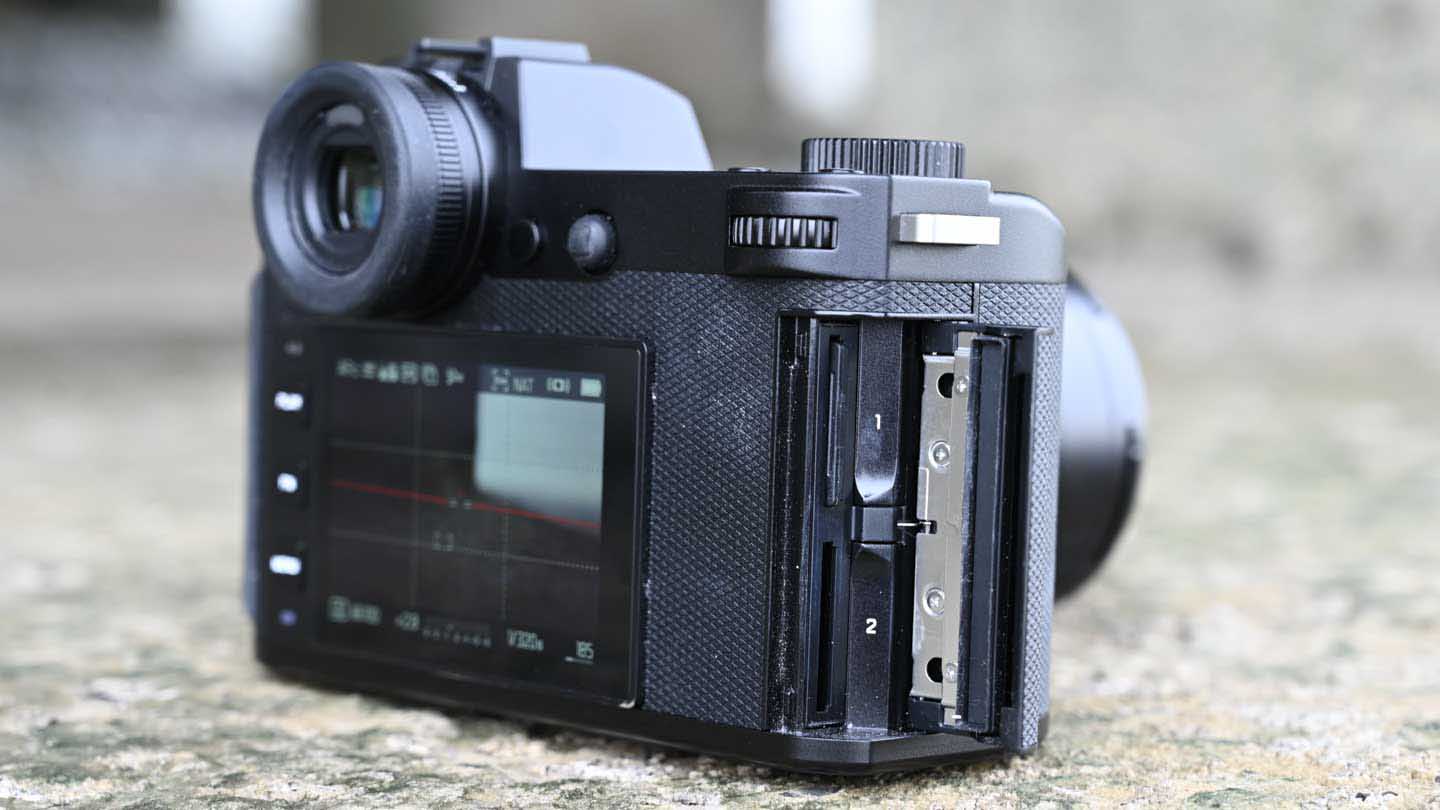
Viewfinder
The SL2’s 5.76m-dot viewfinder is class-leading and on par with the Panasonic S1R and the Sony A7R III. It’s fantastic to use and easily one of the best things about the Leica SL2.
You can set the refresh rate to either 60fps or 120fps, depending on your preference, with 60fps being the default setting.
Just like we’ve seen on other cameras from Panasonic, Sony and Canon, you can continue using the touchscreen to set the AF point even when shooting through the viewfinder. Another great option is to set via the main menu exactly what is displayed in the viewfinder – for example switching on a digital level, a histogram, focus peaking and so on.
Performance
It’s worth mentioning at this point that I have only had a fairly limited time with the SL2, so there are some areas I’d like to test further to fully ascertain the quality. The sample I’ve been using is also not carrying the final version of the firmware, so there could be some inconsistencies with how certain aspects perform, too . We’ll look to update this review when the finished samples become available.
During my time with the SL2, I’ve found that it focuses on static objects very quickly and easily, with a great degree of accuracy. Even in lower light conditions, there’s not too much hunting.
There are a number of new focusing options for the SL2, including Leica Object Detection AF, along with face and body detection – which goes a step further than face detection, to help people in focus even when they turn their face away from the camera.
A few different autofocus (AF) profiles can be selected – including children and pets (which is also the more general-purpose option), team sports, wildlife & runners. I haven’t had chance to test all of these settings extensively, but I didn’t have too much luck with trying to photograph my dog running along a beach. It could be a firmware issue, or it could be that some deeper settings need tweaking – we’ll be keen to test this further when full samples become available.
It’s also worth noting that I was only given a 35mm f/2 lens to use during my time with the SL2. It’s a great lens, but it’s not ideal for sports and action type photography. In short, I’m reserving my judgement on this particular aspect of the camera for now.
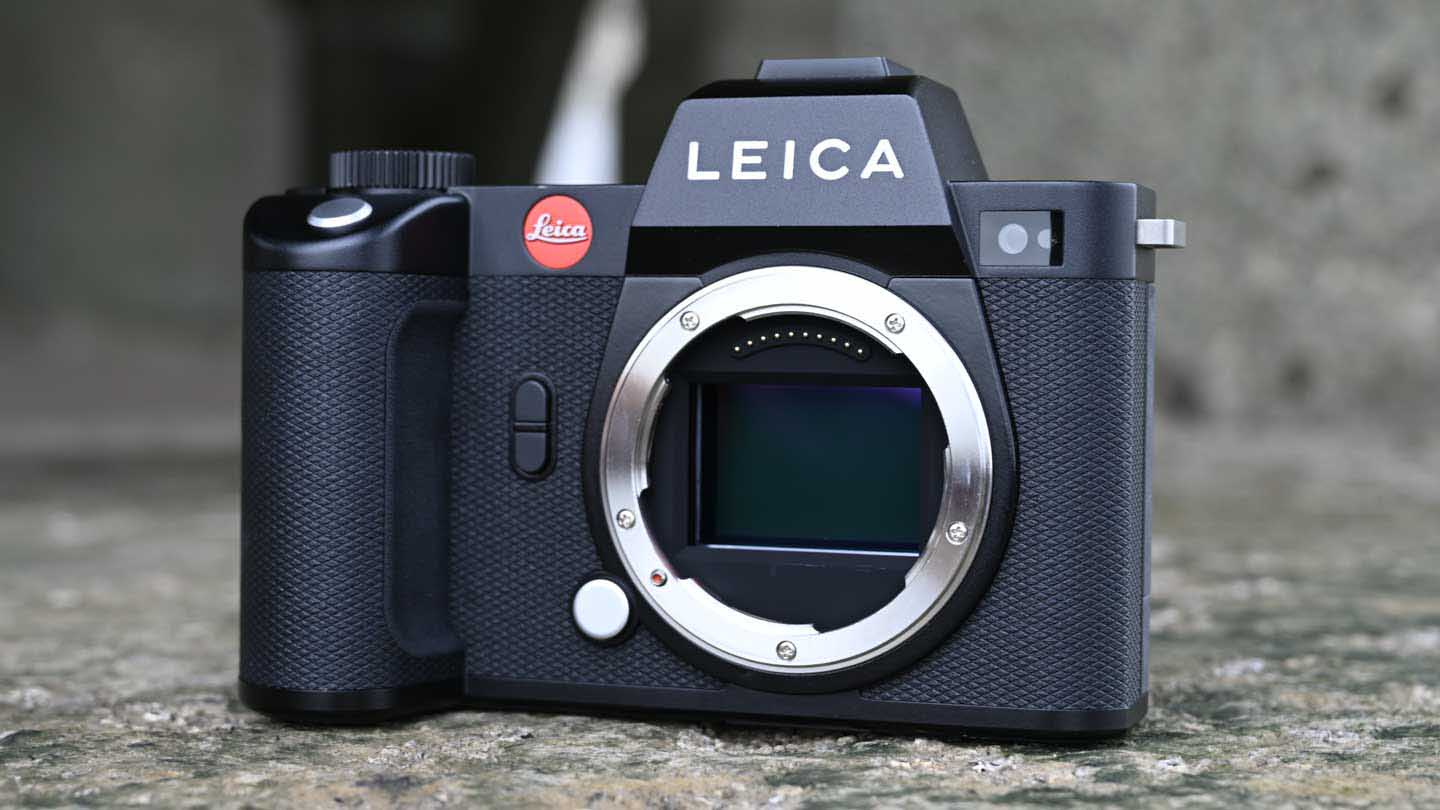
Image Quality
It’s again worth noting that image quality might not be exactly as it will be on the final firmware version, but I’ve been able to get a very good idea of what the SL2 is capable of in my short time with it.
As I’d expect to see from a Leica camera – especially one with such a high price tag – image quality is fantastic. I’ve been using the 35mm f/2 prime lens, which is one of five different proprietary prime lenses available from Leica for this system.
Colours are nicely saturated, without being offensively vibrant. It’s worth experimenting with the various film styles which can be applied to JPEGs if you want to find something which suits your particular style – for example, Vibrant if you like things with a little more punch, or Natural if you like things to be a bit more muted.
On the whole, exposures are well-balanced with the all-purpose metering system doing a good job of judging the scene to preserve both shadows and highlights.
Leica says that the dynamic range of the SL2 is particularly evident in its raw files. Although the SL2 uses DNG files which are readable by Adobe Camera Raw, an official profile has not yet been made available to get the most from the files. This is another area we’ll be looking to expand upon when final sample cameras become available.
Image Quality
As we’d expect from a camera with a super high-resolution sensor, detail and sharpness is extremely well-rendered. Zooming in to 100% reveals some super-fine detail.
Unsurprisingly, the best results can be seen at lower ISOs, but detail is maintained reasonably well at higher ISOs, too. At very high settings, such as ISO 6400, while the overall impression of detail is great, if you examine very closely you can generally see a little bit of image smoothing appearing in a bid to reduce the appearance of noise. We’ll be keen to fully experiment with raw files to see how well images can be balanced between keeping detail without introducing too much noise.
Sample Images
Follow the link to browse and download full-resolution images
Early Verdict
I’ve been able to use the Leica SL2 for a few days but it’s the kind of camera that requires in-depth testing to produce a definitive verdict.
However, it’s easy to come to a few early conclusions. This being a Leica camera, it will only appeal to a certain sector of the photographic community. At £5,300 body only, it’s not going to have the same kind of mass-market appeal as some other full-frame mirrorless cameras on the market – but Leica won’t mind that.
Many photographers will look at the specifications of the Leica SL2, then look at the specifications of the Panasonic S1R and wonder whether it’s worth spending the extra outlay to get hold of what is essentially a very similar camera.
Conversely, there are some photographers for whom nothing but a Leica will do. And while it’s true that the build quality is exquisite, for the average consumer, the Panasonic is a much more sensible choice. With them both having exactly the same mount, you might even consider going for a Panasonic body and “upgrading” with Leica lenses.
We look forward to testing the SL2 a little further when full samples become available, and we will update this review accordingly.
- Check the price of the Panasonic Lumix S1R at Wex Photo Video, Park Cameras, Adorama, B&H Photo Video, and Amazon.
